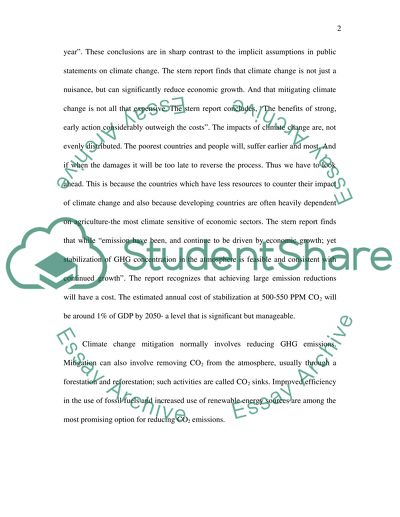Cite this document
(“Climate change and Emission Trading Essay Example | Topics and Well Written Essays - 2000 words”, n.d.)
Retrieved de https://studentshare.org/politics/1509012-climate-change-and-emission-trading
Retrieved de https://studentshare.org/politics/1509012-climate-change-and-emission-trading
(Climate Change and Emission Trading Essay Example | Topics and Well Written Essays - 2000 Words)
https://studentshare.org/politics/1509012-climate-change-and-emission-trading.
https://studentshare.org/politics/1509012-climate-change-and-emission-trading.
“Climate Change and Emission Trading Essay Example | Topics and Well Written Essays - 2000 Words”, n.d. https://studentshare.org/politics/1509012-climate-change-and-emission-trading.


